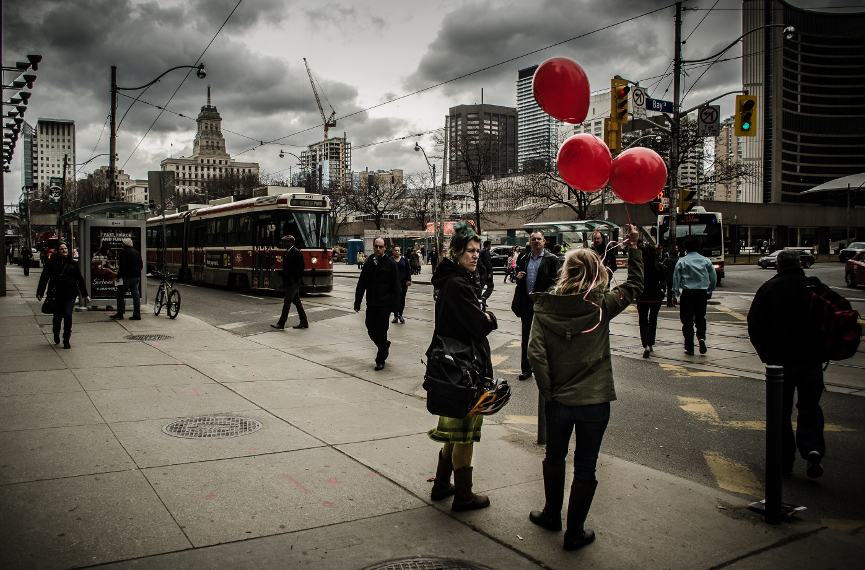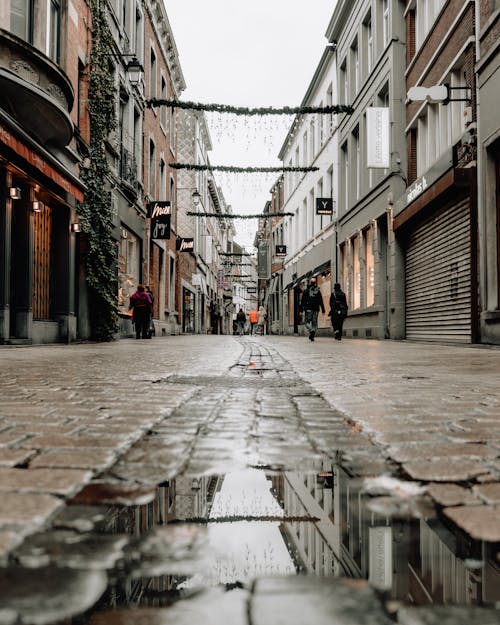Framing Streets Things To Know Before You Buy
Framing Streets Things To Know Before You Buy
Blog Article
All About Framing Streets
Table of ContentsAll about Framing StreetsThe Single Strategy To Use For Framing StreetsThe Ultimate Guide To Framing StreetsGetting The Framing Streets To WorkSome Known Details About Framing Streets Rumored Buzz on Framing Streets
Photography genre "Crufts Canine Program 1968" by Tony Ray-Jones Road digital photography (also occasionally called candid digital photography) is digital photography performed for art or query that features unmediated opportunity experiences and random events within public locations, generally with the goal of capturing pictures at a crucial or touching moment by mindful framing and timing. 
Things about Framing Streets
Susan Sontag, 1977 Street digital photography can concentrate on people and their habits in public. In this regard, the street digital photographer resembles social documentary digital photographers or photojournalists who also operate in public places, but with the goal of recording newsworthy events. Any one of these photographers' images may catch individuals and building noticeable within or from public locations, which often involves navigating ethical concerns and regulations of personal privacy, safety and security, and residential property.
Representations of daily public life create a style in virtually every duration of world art, beginning in the pre-historic, Sumerian, Egyptian and early Buddhist art periods. Art taking care of the life of the road, whether within views of cityscapes, or as the leading concept, appears in the West in the canon of the North Renaissance, Baroque, Rococo, of Romanticism, Realistic look, Impressionism and Post-Impressionism.
3 Simple Techniques For Framing Streets
Louis Daguerre: "Blvd du Holy place" (1838 or 1839) In 1838 or 1839 the very first photograph of figures in the road was videotaped by Louis-Jacques-Mand Daguerre in one of a set of daguerreotype views extracted from his studio home window of the Boulevard du Temple in Paris. The 2nd, made at the height of the day, reveals an unpopulated stretch of road, while the other was taken at regarding 8:00 am, and as Beaumont Newhall reports, "The Boulevard, so continuously full of a moving bunch of pedestrians and carriages was perfectly singular, except a person who was having his boots cleaned.
His boots and legs were well specified, yet he is without body or head, because these were in motion." Charles Ngre, waterseller Charles Ngre. https://framingstreets1.bandcamp.com/album/framing-streets was the initial digital photographer to obtain the technological class required to sign up people in motion on the road in Paris in 1851. Professional Photographer John Thomson, a Scotsman dealing with journalist and social protestor Adolphe Smith, published Road Life in London in twelve monthly installments beginning in February 1877
7 Simple Techniques For Framing Streets
Eugene Atget is concerned as a progenitor, not due to the fact that he was the first of his kind, but as a result of the popularisation in the late 1920s of his record of Parisian streets by Berenice Abbott, who was inspired to undertake a comparable paperwork of New York City. [] As the city established, Atget helped to promote Parisian streets as a worthy subject for photography.

7 Simple Techniques For Framing Streets
Martin is the very first taped professional photographer to do so in London with a disguised cam. Mass-Observation was a social study organisation started in 1937 which intended to record daily life in Britain and to record the reactions of the 'man-in-the-street' to King Edward VIII's abdication in 1936 to wed separation Wallis Simpson, and the succession of George VI. The chief Mass-Observationists were anthropologist Tom Harrisson in Bolton and poet Charles Madge in London, and their initial record was created as guide "May the Twelfth: Mass-Observation Day-Surveys 1937 by over two hundred onlookers" [] Home window cleaner at Kottbusser Tor, Berlin, by Elsa Thiemann c. 1946 The post-war French Humanist Institution digital photographers located their subjects on the street or in the bistro. In between 1946 and 1957 Le Groupe des XV annually showed job of this kind. Andre Kertesz. Circus, Budapest, 19 May 1920 Street digital photography developed the major web content of two exhibitions at the Museum of Modern Art (Mo, MA) in New York curated by Edward Steichen, Five French Photographers: Brassai; Cartier-Bresson, Doisneau, Ronis, Izis in 1951 to 1952, and Post-war European Digital Photography in 1953, which exported the idea of road digital photography worldwide.

10 Simple Techniques For Framing Streets
The recording maker was 'a covert electronic camera', a 35 mm Contax hidden under his coat, that was 'strapped to the chest and attached to a lengthy wire strung down the ideal sleeve'. His job had little modern impact as due to Evans' level of sensitivities about the creativity of his task and the personal privacy of his subjects, it was not released till 1966, in the publication Numerous Are Called, with an introduction created by James Agee in 1940.
Helen Levitt, after that an instructor of young kids, connected with Evans in 193839. She recorded the temporal chalk drawings - Street photography hashtags that became part of children's road society in New York at the time, along with the kids who made them. In July 1939, Mo, MA's brand-new digital photography section included Levitt's operate in its inaugural exhibitionRobert Frank's 1958 publication,, was significant; raw and frequently out of Lightroom presets emphasis, Frank's images examined conventional photography of the time, "challenged all the official regulations put down by Henri Cartier-Bresson and Walker Evans" and "flew in the face of the wholesome pictorialism and sincere photojournalism of American magazines like LIFE and Time".
Report this page